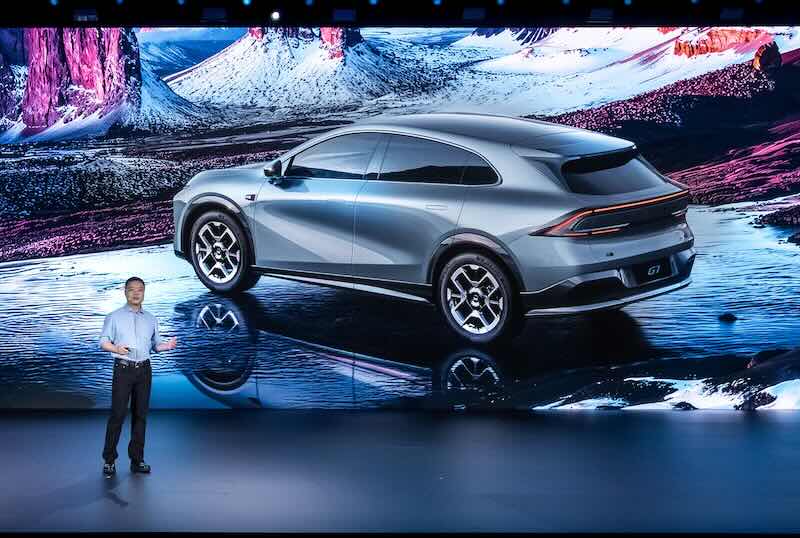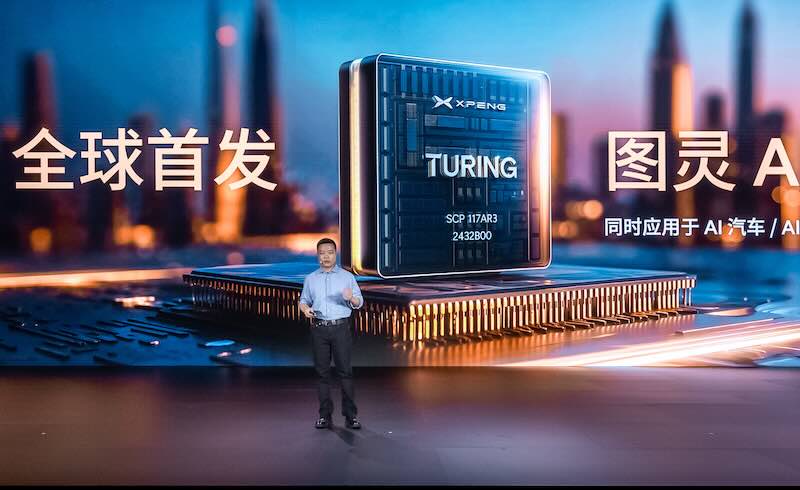XPeng has officially unveiled its proprietary Turing chip, marking a significant milestone in the company’s autonomous driving strategy. Development clarifies how “pure vision” approaches to self-driving technology vary substantially in complexity and capability across different hardware configurations.
The announcement comes at a critical juncture for China’s autonomous driving sector, where leading manufacturers are increasingly diverging in their technical approaches to entry-level assisted driving systems.
XPeng’s hardware strategy operates on two distinct tiers, each targeting different market segments and performance requirements.
The company’s dual Orin-X configuration delivers 508 TOPS of computing power, positioning it roughly equivalent to Tesla’s HW 3.0. Setup forms the foundation of XPeng’s XNGP Max system and extends support to lower-tier models including the Mona 03 Max.
XPeng’s dual Turing AI chips represent a substantial leap in processing capability. Combined with an additional chip dedicated to in-cabin functions, the system exceeds 1500 TOPS of computing power, matching Tesla’s HW 4.0 performance levels.
This advanced configuration powers XPeng’s flagship XNGP Ultra system, currently exclusive to the XPeng G7. Xpeng opened pre-orders for the G7 at RMB 235,800 ($32.9k), with display models arriving at dealerships ahead of the official Q3 launch.

Xpeng opened pre-orders for the G7 at RMB 235,800
XPeng has committed entirely to pure vision technology across its product lineup, from Max to Ultra variants. Decision reflects a calculated bet on vision-only systems rather than hybrid approaches that incorporate LiDAR sensors.
The company’s engineering team utilizes static and dynamic occupancy networks throughout its platform, enabling high development efficiency. Despite hardware and feature differences between Max and Ultra configurations, XPeng’s R&D approach treats them as variations within a unified framework.
This platform-based strategy maximizes returns from focused technical investment. Rather than spreading resources across multiple sensing technologies, XPeng has concentrated its efforts on pushing pure vision systems to their operational limits.
The company’s commitment extends from high dynamic range camera input through perception algorithms to real-world deployment scenarios. Without LiDAR as a fallback option, XPeng’s engineering team faces pressure to optimize vision-only performance continuously.
China’s autonomous driving landscape now features two distinct paths for entry-level assisted driving systems. One approach combines low computing power with LiDAR sensors to compensate for processing limitations. Alternative relies on previous-generation high-compute setups, such as dual Orin-X configurations, to enable pure vision capabilities.
XPeng has clearly chosen the latter path, betting that sufficient computing power can overcome the challenges traditionally addressed through sensor fusion approaches.
Model G7 Max utilizes two Orin-X chips, while the G7 Ultra features three Turing AI chips, offering substantially more computing headroom. Tiered approach allows XPeng to address different price points while maintaining its pure vision philosophy.
Companies that incorporate LiDAR sensors may find less incentive to push vision-only systems to their theoretical limits. XPeng’s commitment to pure vision creates both opportunity and risk – success could establish the company as a leader in cost-effective autonomous driving, while failure might leave it behind competitors using sensor fusion approaches.
The unveiling of XPeng’s Turing chip represents more than just another processor announcement. Industry observers note this marks the beginning of the second stage of development for perception technology in China’s assisted driving sector.
As manufacturers continue refining their approaches, XPeng’s pure vision bet will serve as a crucial test case for whether computing power alone can deliver reliable autonomous driving performance. Xpeng’s success or failure will likely influence industry direction for years to come.
With the Turing chip now official, XPeng isn’t just turning heads – they’re turning the entire industry toward a new chapter in autonomous driving development.
Related Post
XPeng Accelerates European Expansion: CEO Confirms Local Production Plans for Market Conquest
XPeng MONA M03 Achieves 50K Production Milestone in Record Time
Xpeng Autonomous Driving Vision: Plans to Launch a Highly Competitive Robotaxi by 2026
